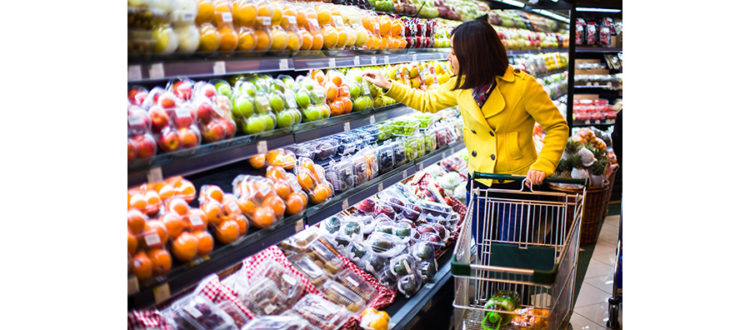- 30 Apr, 2017
- /
- Clearlight Infrared Saunas
- /
- No Comments
UNCOVERING THE TRUTH BEHIND “NATURAL FOODS”
Stroll through the grocery store or health foods market, and you’ll find the word “natural” on display about a thousand times. The label is splashed across packages of granola bars, breakfast cereals, salad dressing, and more. It immediately promotes a healthy, organic, and wholesome image to the shopping public.
But do natural foods really mean “better for you?” Or, is it simply a marketing term that has become too vague to offer any real value for the health-conscious consumer? Let’s dive in and see just what a “natural” label means on your food.

What Does the U.S. Food and Drug Administration Think?
First, you’d think that the easy answer would be to consult with leading authorities on the subject, then simply apply their reasoning to the food and drink items you’re planning on purchasing. But searching for the FDA’s definition of “natural” is still unclear. The administration basically says the term “natural” can be used in food items if the food doesn’t contain artificial flavors, added colors, or synthetic substances. This in no way prohibits the use of natural flavors produced in a laboratory, preservatives, random additives, and processed sweeteners. Since there is only a loose definition of natural foods within the FDA’s guidebook, this leaves a lot of room for interpretation – and food manufacturers are experts at maximizing the definition of “natural.”
What Exactly Can Be in My “Natural Foods”?
When you think of natural foods, what comes to mind? For most of us, it looks a lot like raw, unaltered food that is as close to its natural state as possible. Natural bread, for instance, should be made from flour, yeast, salt, and little else. But natural foods can contain substances like trans fats, genetically modified ingredients (GMOs), lots of added sugar, or they can be packed with artificial ingredients. Keep in mind artificial and synthetic aren’t the same thing, so even natural foods can be formulated with artificial ingredients in the eyes of the FDA. Natural also doesn’t mean that the food in question is necessarily healthy. Doughnuts can be made in an all-natural manner, but these deep-fried discs of dough will never appear on a list of healthy foods.

What Are Common “Natural” Foods?
Salad Dressing
It’s difficult to find a bottle of salad dressing that doesn’t say natural, but take a moment and read the ingredients list before committing to your favorite salad topper. If you’re beginning a detox diet that includes a salad as one of the key components, be careful about which dressing you put on top. Many dressings, even those touting natural ingredients, can be filled with a laundry list of artificial ingredients.
Ice Cream
There’s nothing like a bowl of good quality, natural ice cream after a nice meal. Make sure you glance at the ingredients list before selecting your favorite flavor from the grocer’s freezer case. Natural ice cream should contain five or fewer ingredients for the average vanilla – milk, cream, sugar, eggs, and vanilla flavoring. More creative flavors may have more ingredients, but if you can’t easily identify a specific add-in, you may want to question the notion of “natural.”
Yogurt
There are few foods that pack more protein than yogurt. Even those “all-natural” yogurts we love to snack on can be packed full of processed sweeteners and made with milk from cows fed artificial growth hormones. Buy organic if you’re really looking to keep your food as clean as possible. This minimizes the chance of a host of additional, unpronounceable ingredients.
Peanut Butter
Natural peanut butter costs a lot more than the old standby brands you probably grew up with, but are they any better for you? Peanut butter is a great example of the natural/not-so-natural conundrum. Many versions of this popular spread contain a host of ingredients that dilute the generally healthy nature of peanut butter. Peanut butter should only contain peanuts and salt, yet even natural options often contain tons of added sugar, random oils and ingredients that act as stabilizers to prevent oil separation. A good sign that your peanut butter is natural is if you have to stir your it before the first use.
“Natural” is a term that must be accepted with a touch of scrutiny. If you’re in the beginning stages of a healthy eating kick or total body detoxification, you’re probably highly focused on only putting natural foods into your system. Fillers, excess refined sugar, caffeine, trans fats and more are not welcome during a healthy detox, but reflexively selecting natural foods often makes us feel like we’re making solid, healthy choices.
Instead, take the time to read the ingredients list on any prepackaged foods to ensure you’re only consuming the absolute purest of additive-free foods. By combining truly natural foods with appropriate exercise, infrared sauna detoxification and plenty of hydration, you’ll rid your system of unwanted toxins in no time.
 Canada
Canada Australia
Australia New Zealand
New Zealand Malaysia
Malaysia China
China
